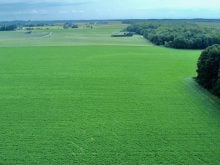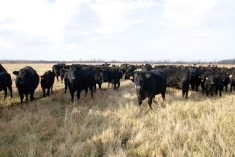WINNIPEG — Regenerative agriculture, like many other topics, gets caught up in the exaggerations, myths and untruths that dominate social media and the worldwide web.
It’s easy find examples of questionable claims on the internet, like this one: “Regenerative agriculture can improve the profitability of farms by more than 50 per cent.” (Source: sustainablebiz.ca)
If that was correct, it’s reasonable to assume all conventional farmers would quickly switch to regenerative ag.
Read Also

Huge Black Sea flax crop to provide stiff competition
Russia and Kazakhstan harvested huge flax crops and will be providing stiff competition in China and the EU.
But it’s more accurate to say regenerative practices can reduce risk and possibly stabilize crop yields in years with extreme weather. In years with high grain prices and favourable weather, regenerative farmers may miss out on record yields and windfall profits.
Another myth: “If 70 percent of farmers did it, we would end the climate crisis.” (Source: agtechnavigator.com)
Improving soil health and increasing the level of soil organic matter can help sequester more atmospheric carbon. However, the amount of carbon in the soil is not static. It’s not as though atmospheric carbon goes in the soil and stays there forever.
“The critical thing … is the fact that we do have decomposition. The more carbon you (put) into the soil, the decomposition rates increase,” said Ben Ellert, an Agriculture Canada scientist from Lethbridge.
“That’s one thing I’ve always hammered on … There’s two sides of the coin. Everyone focuses mainly on carbon inputs, carbon inputs, carbon inputs, and they forget about the decomposition.”


















